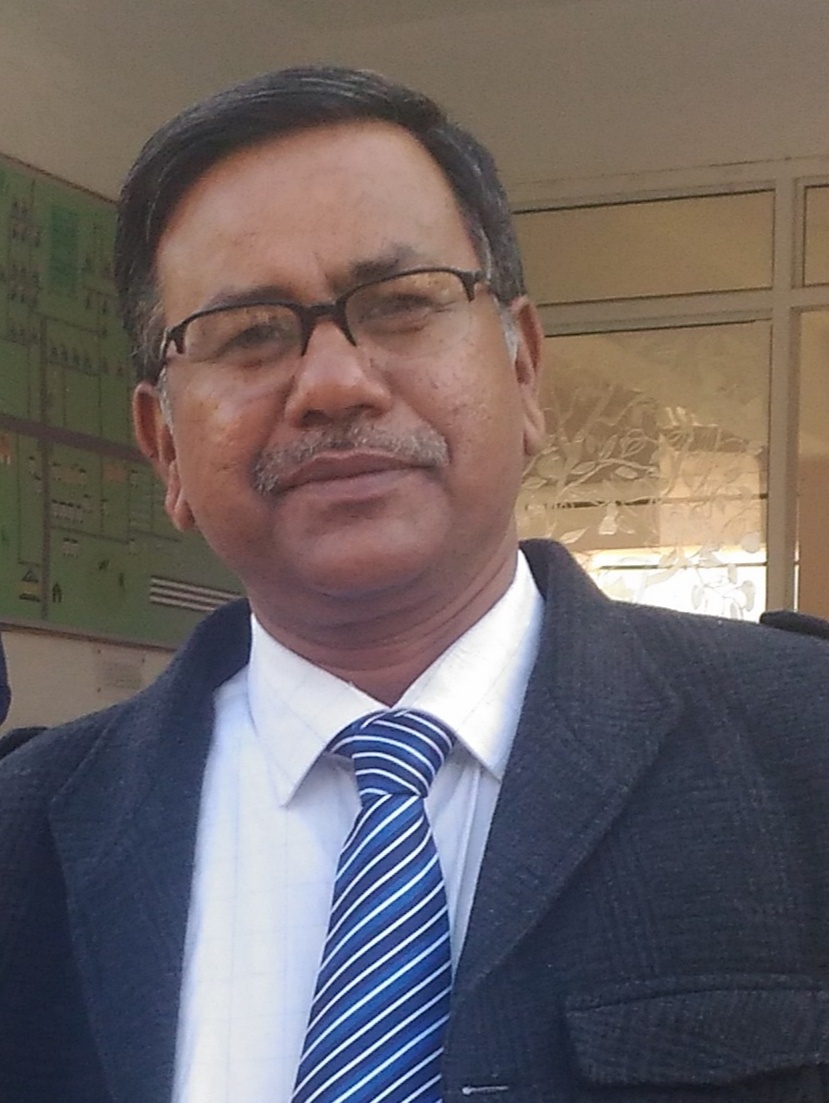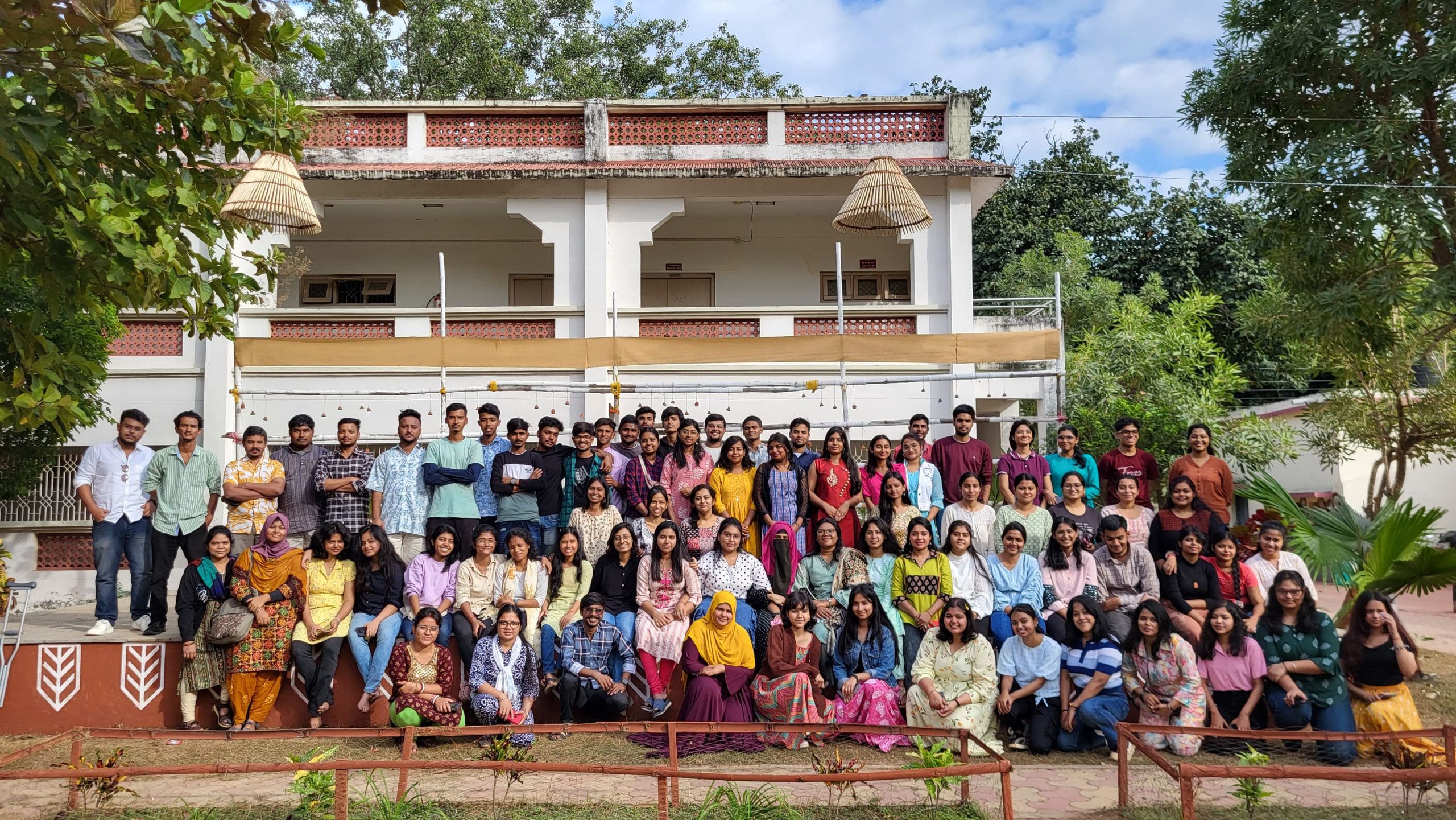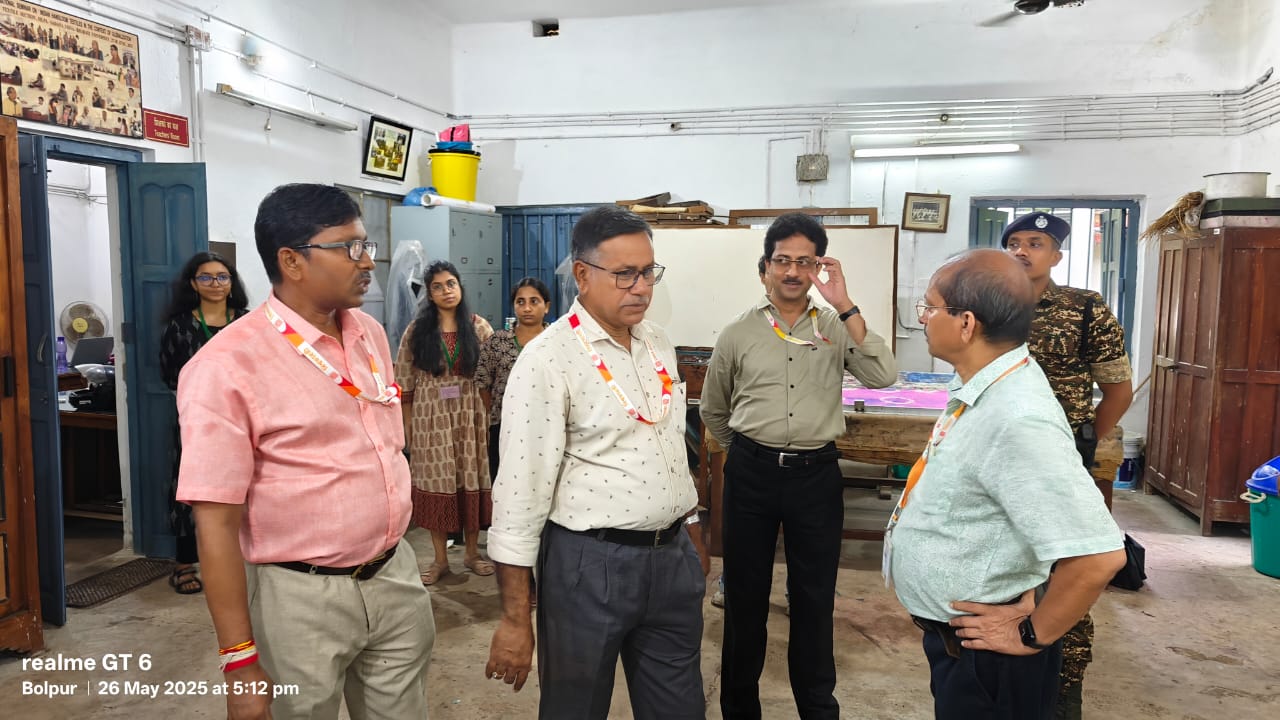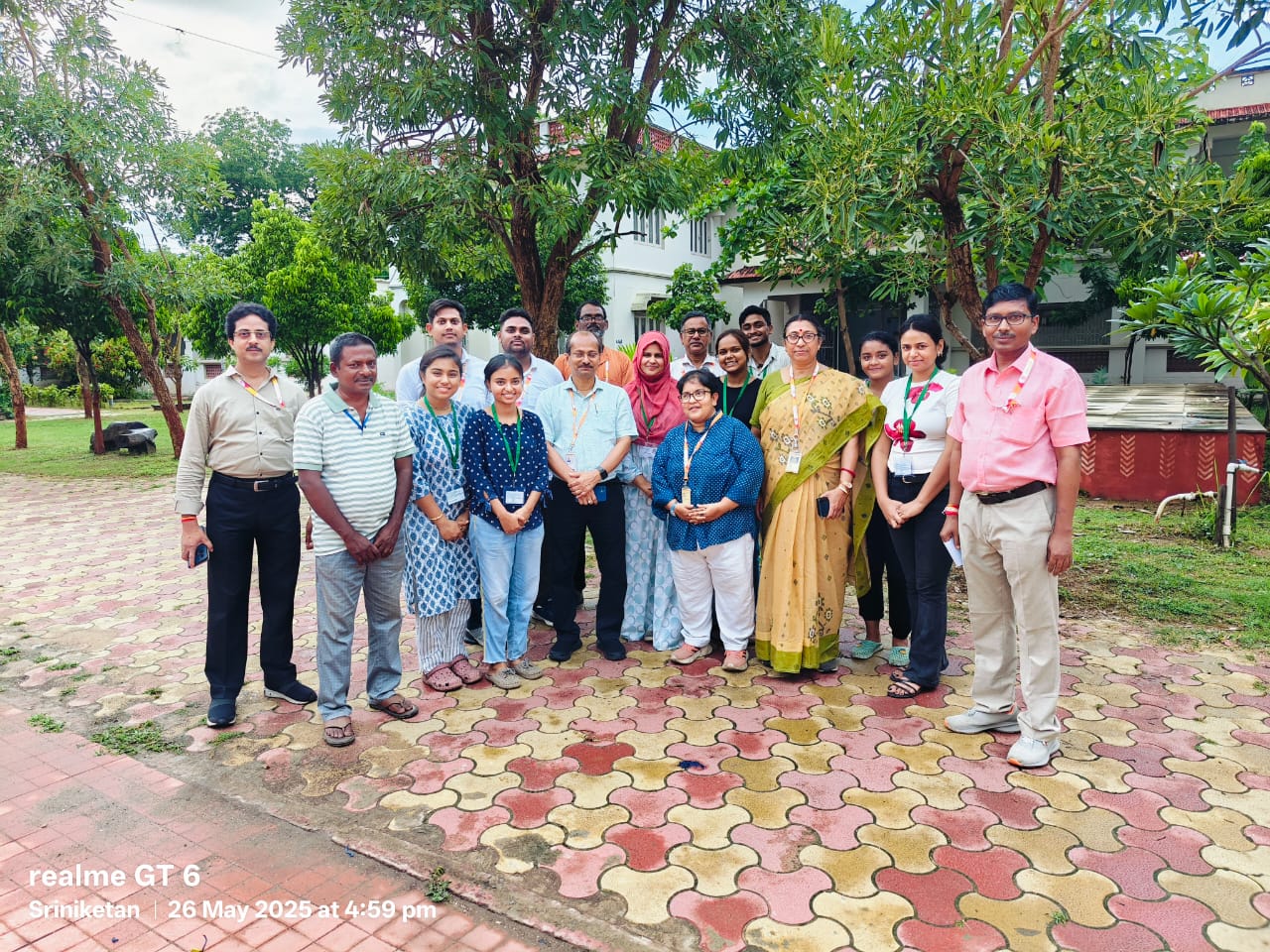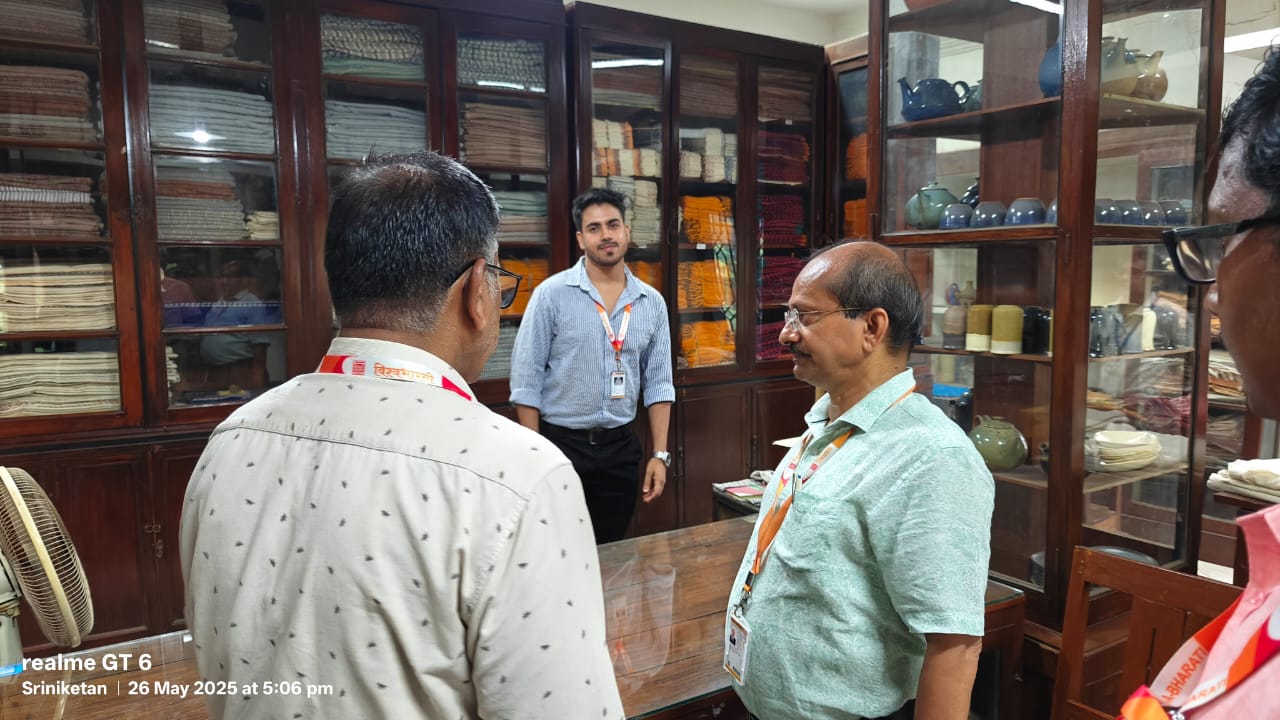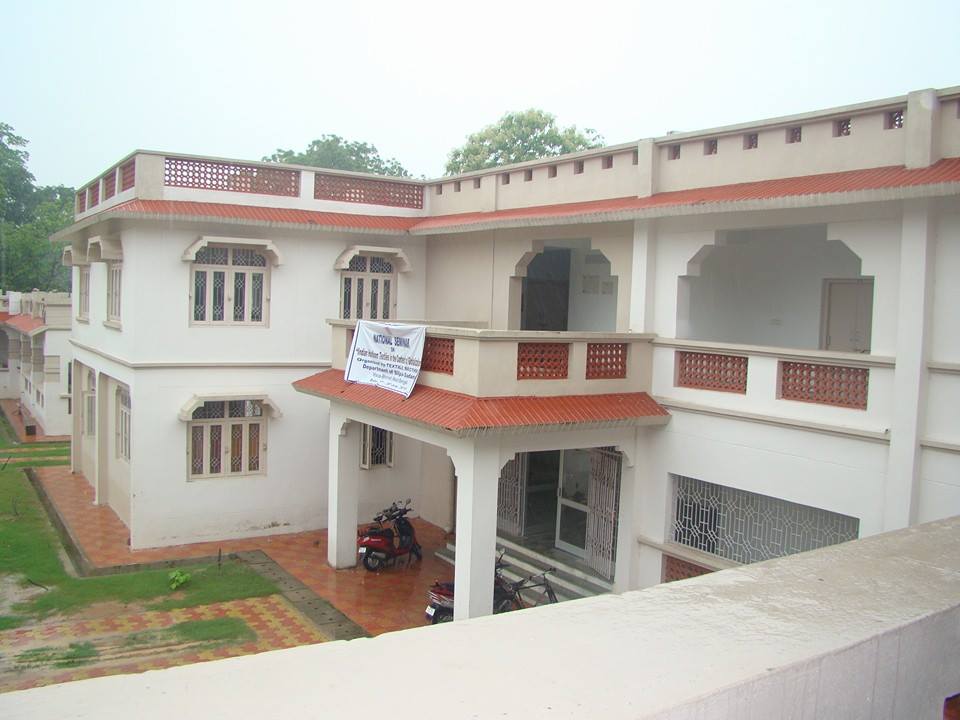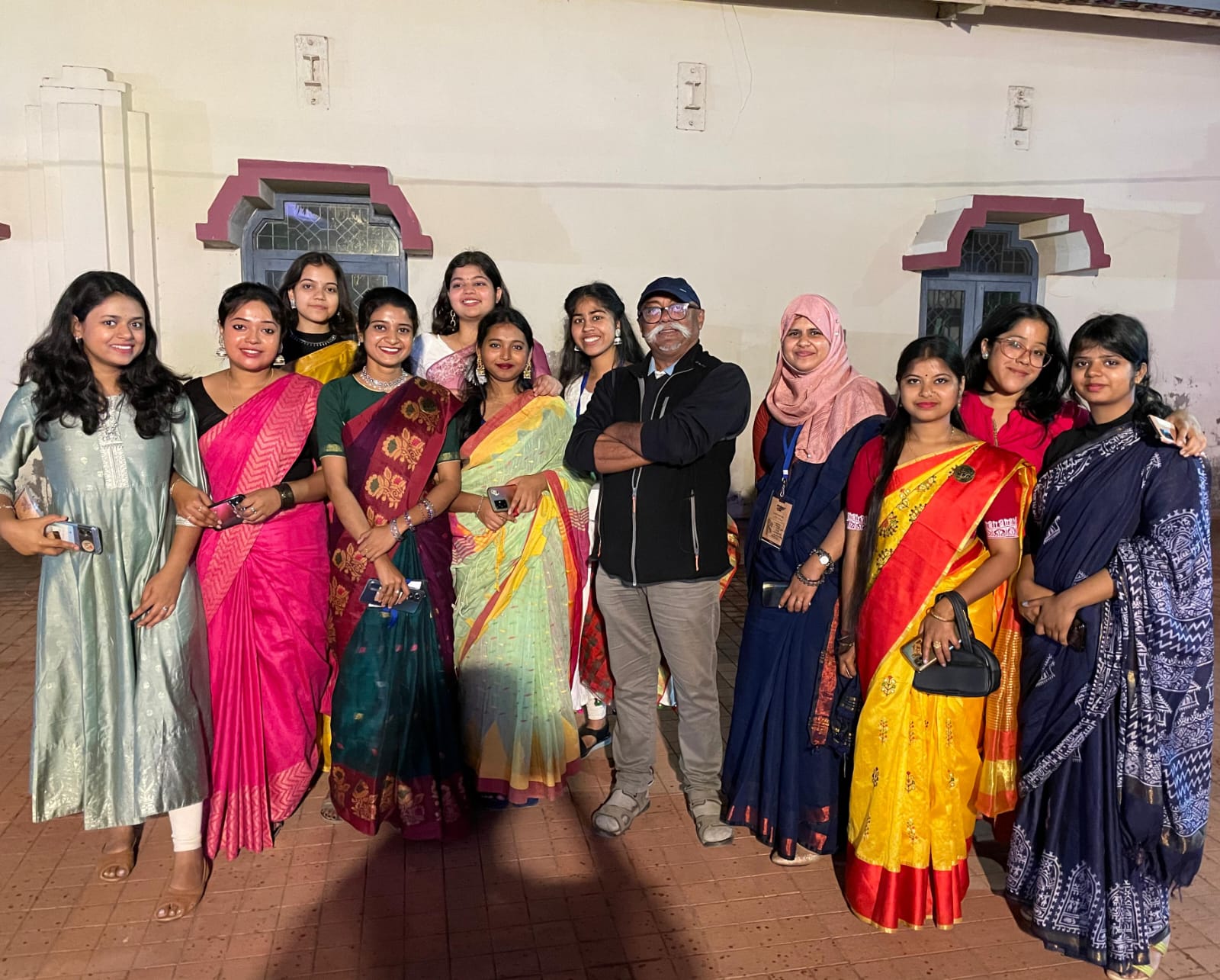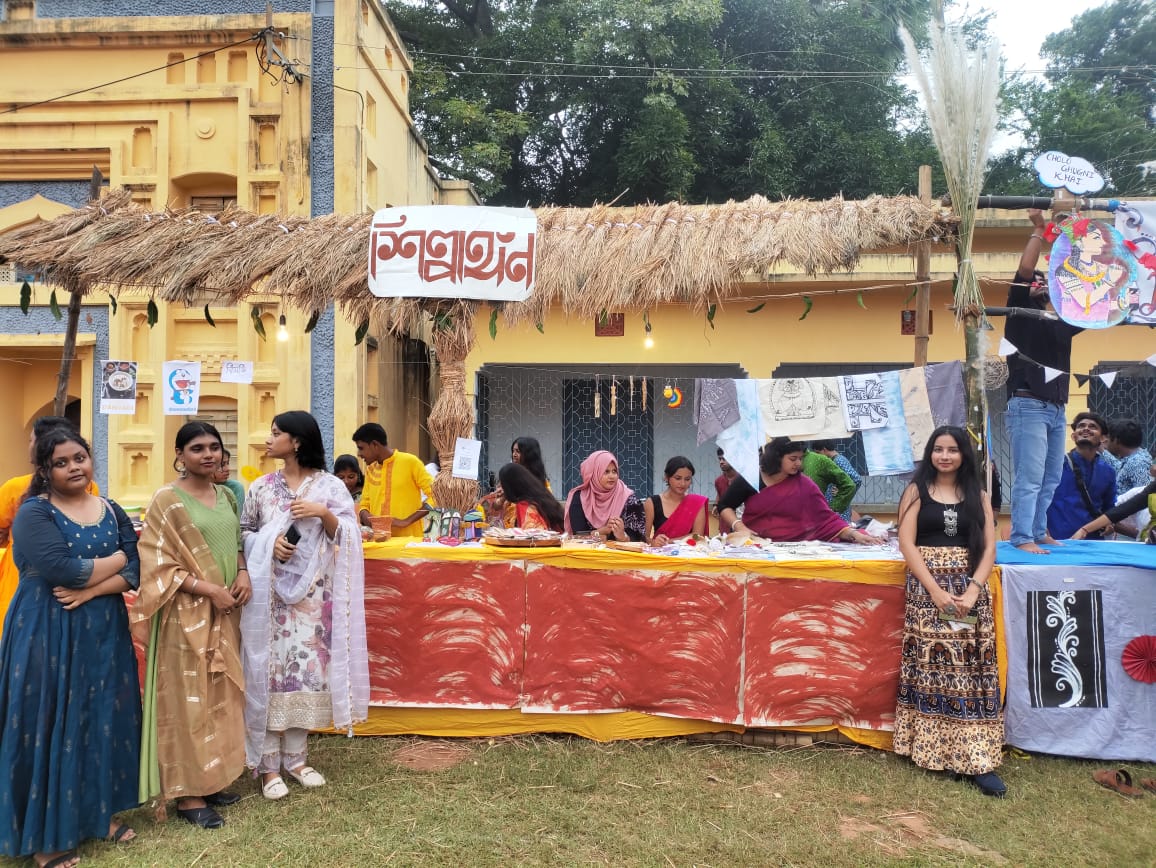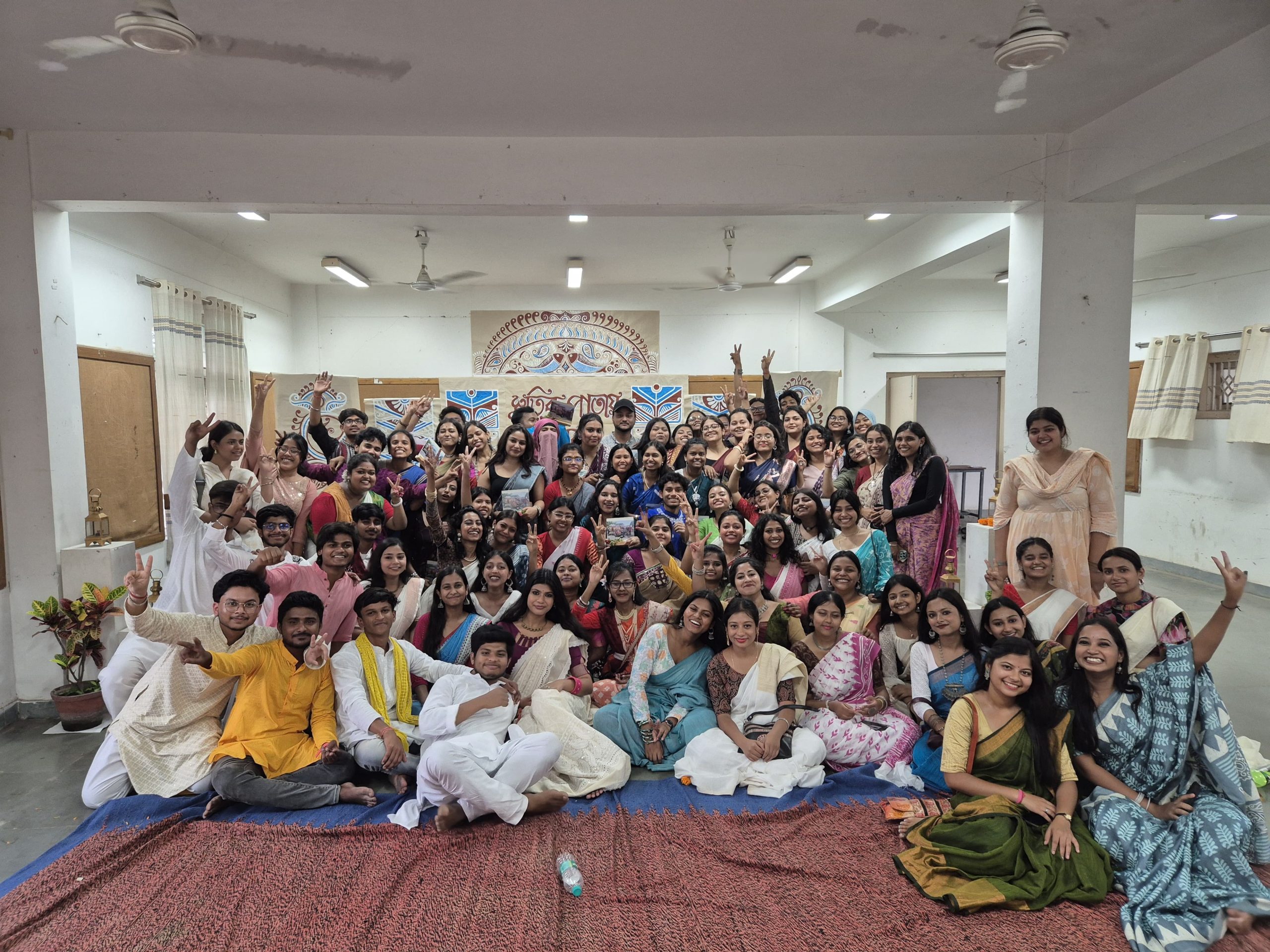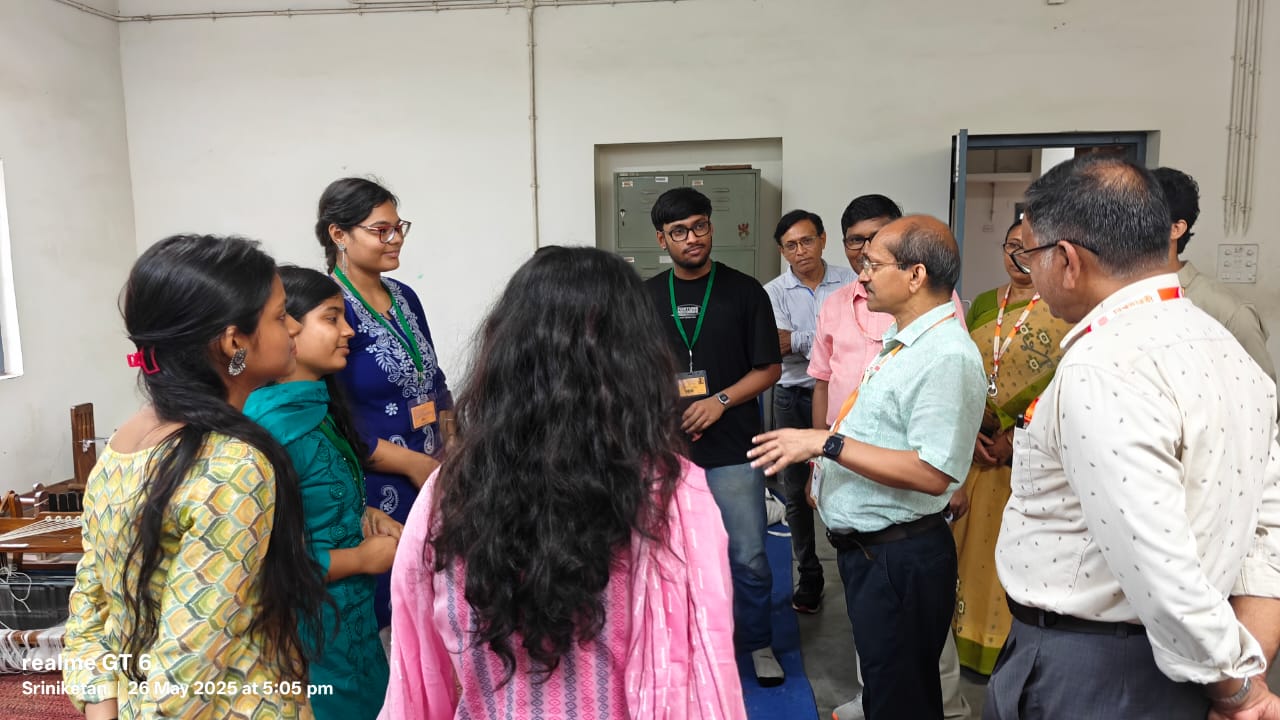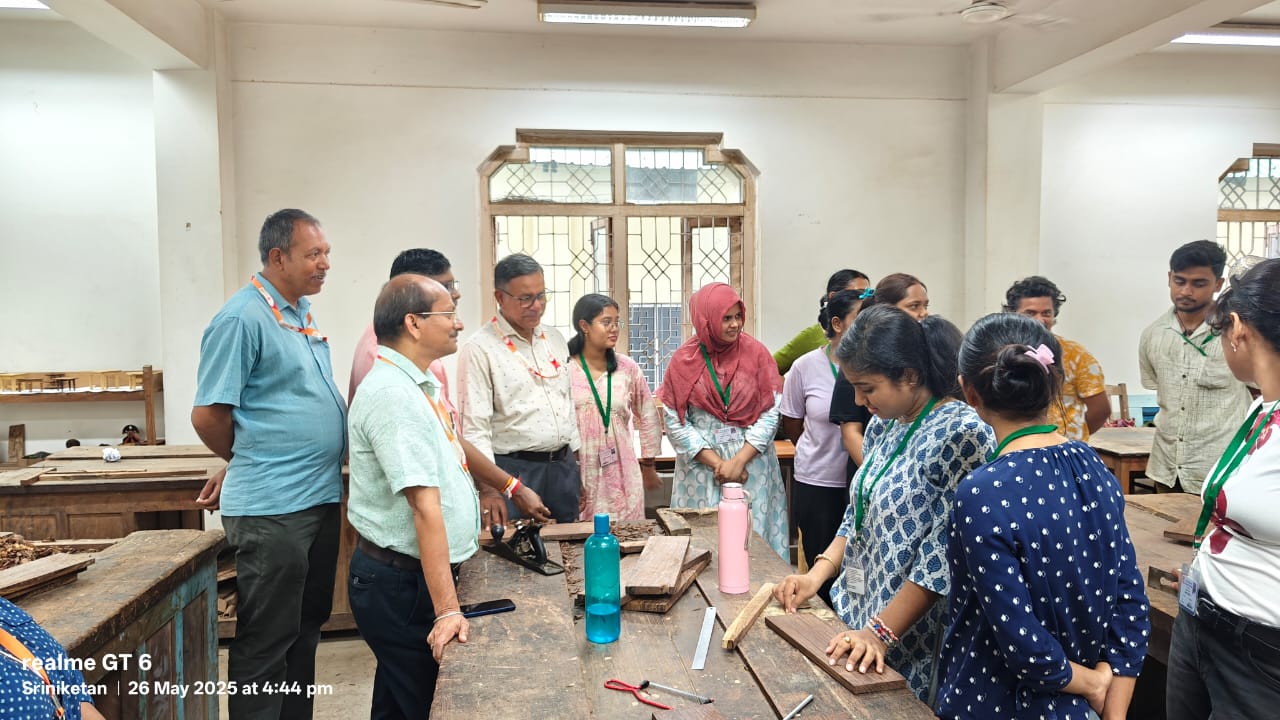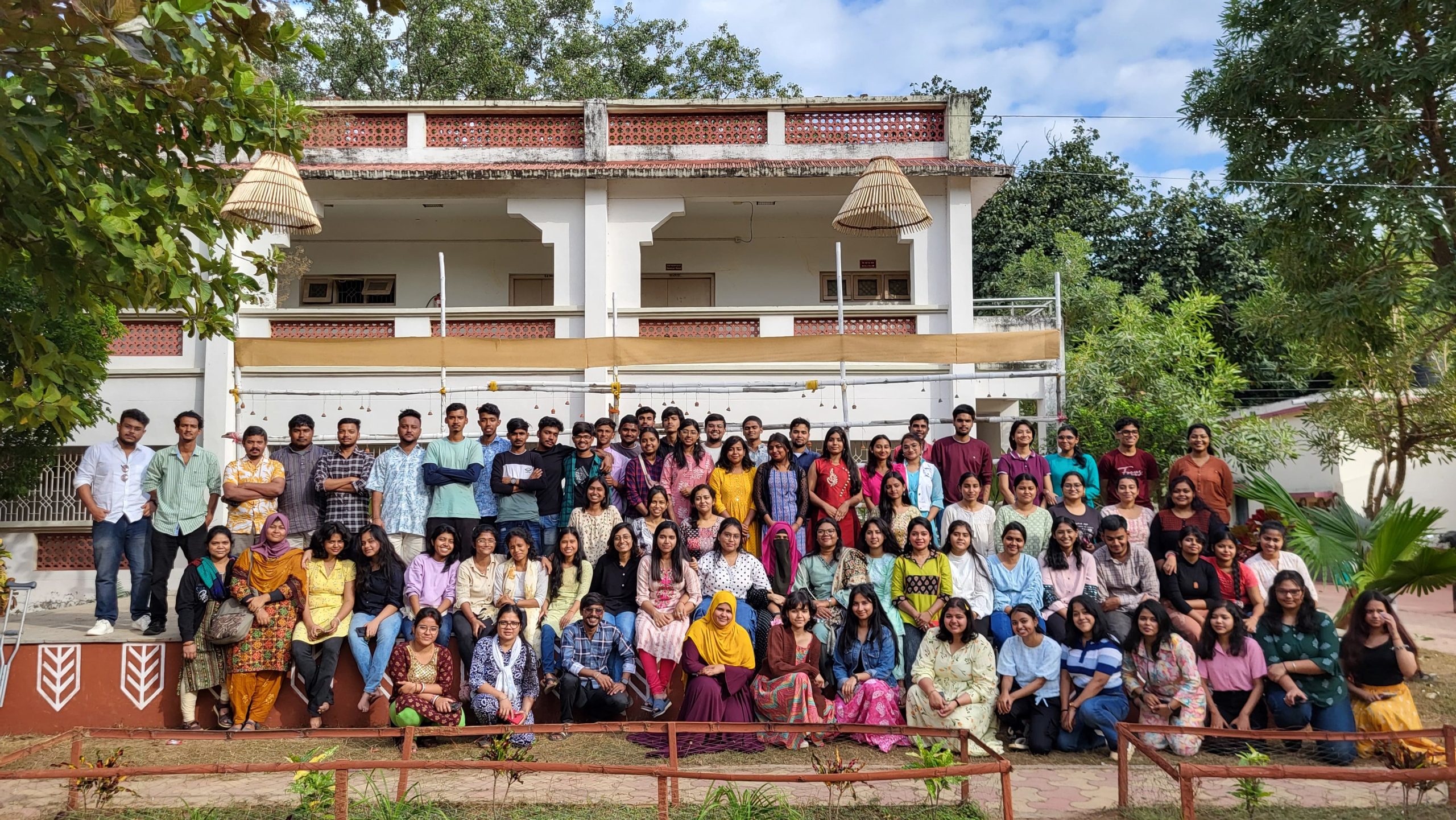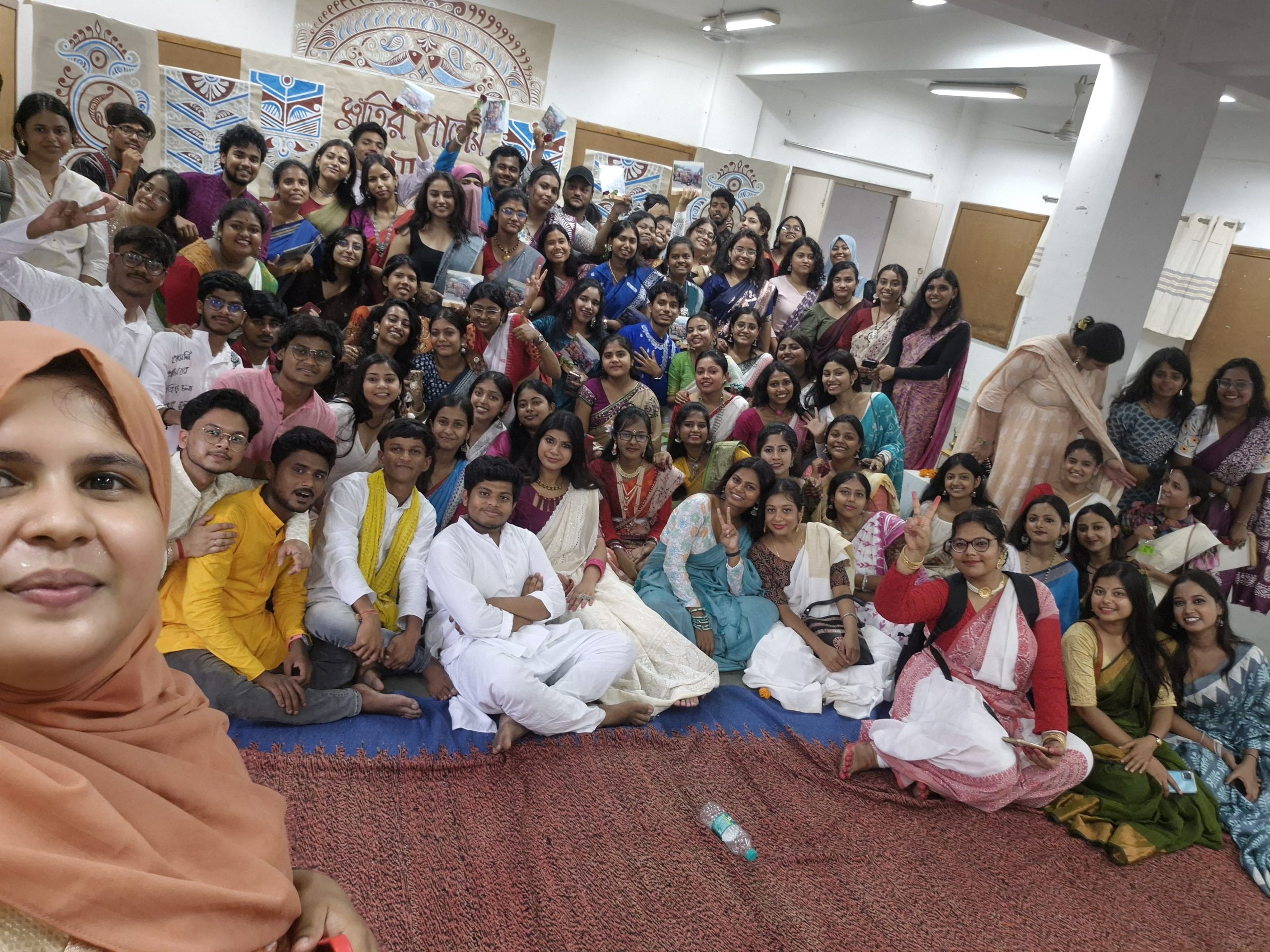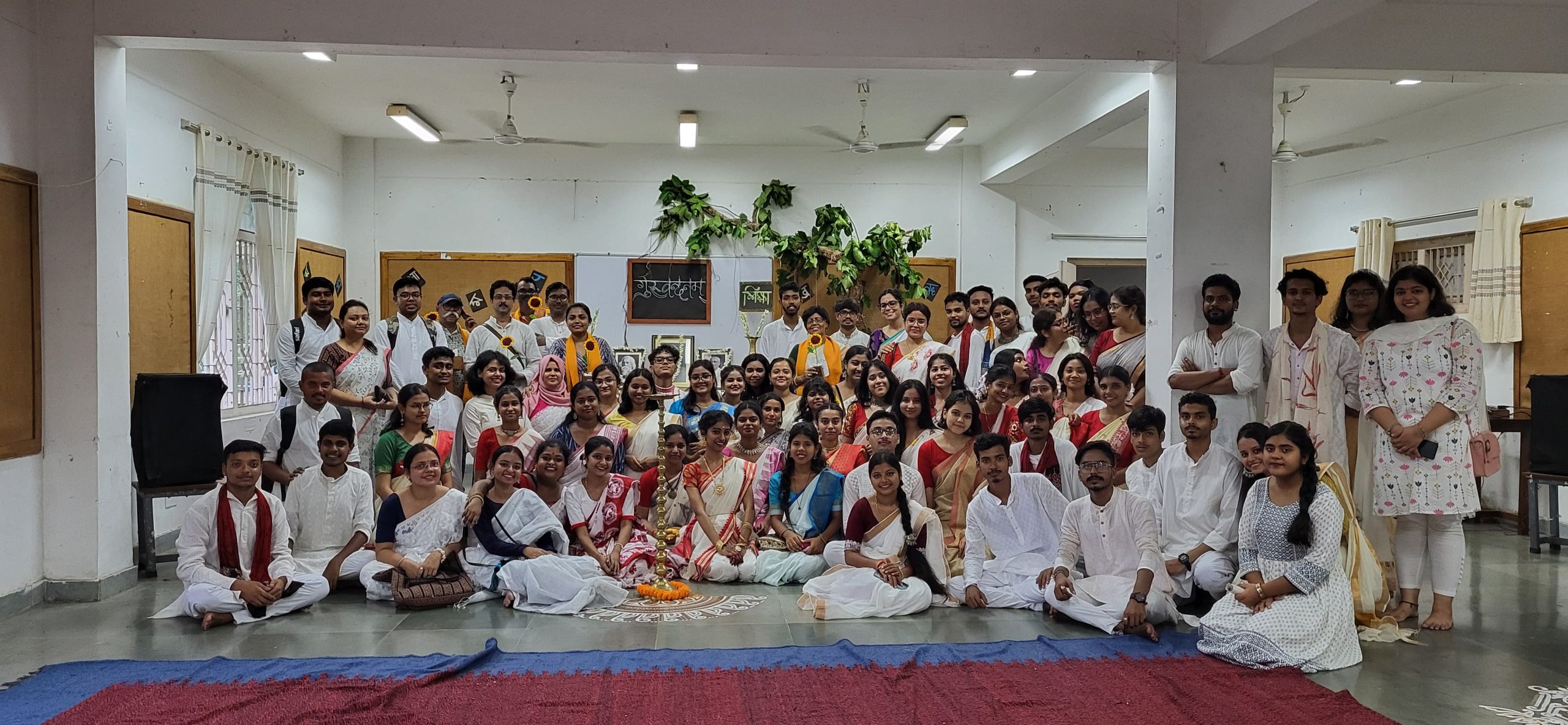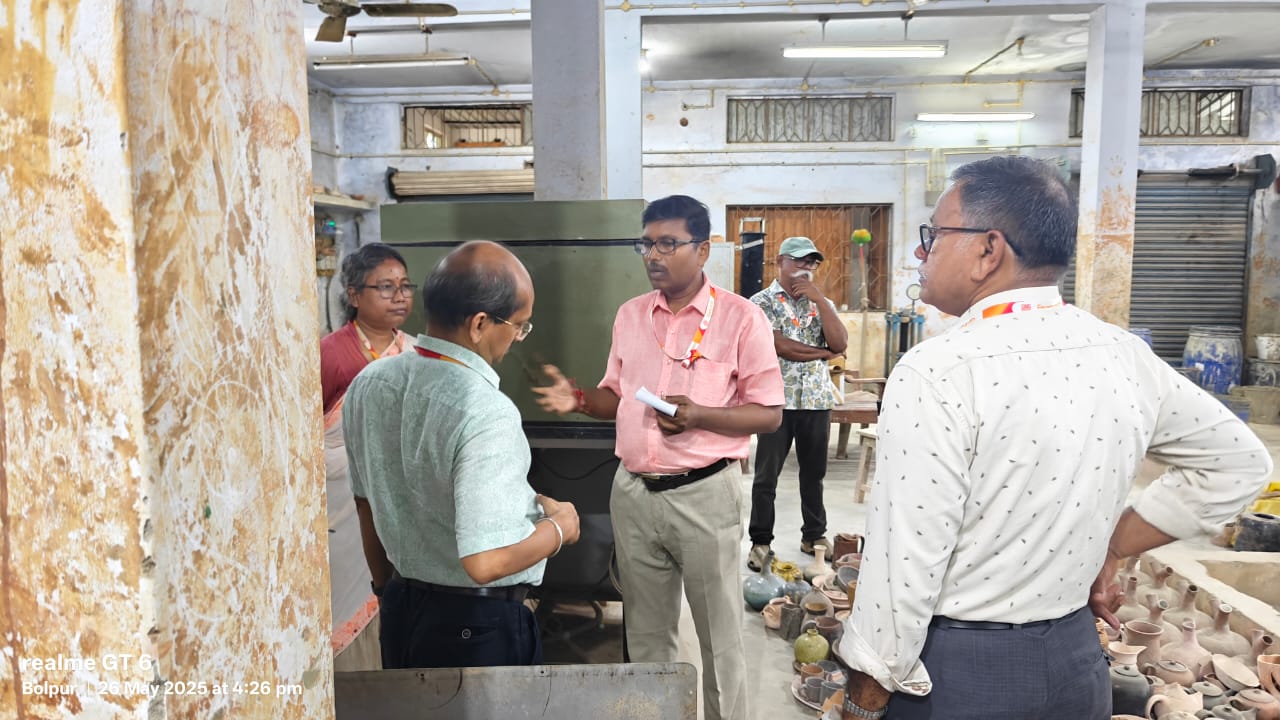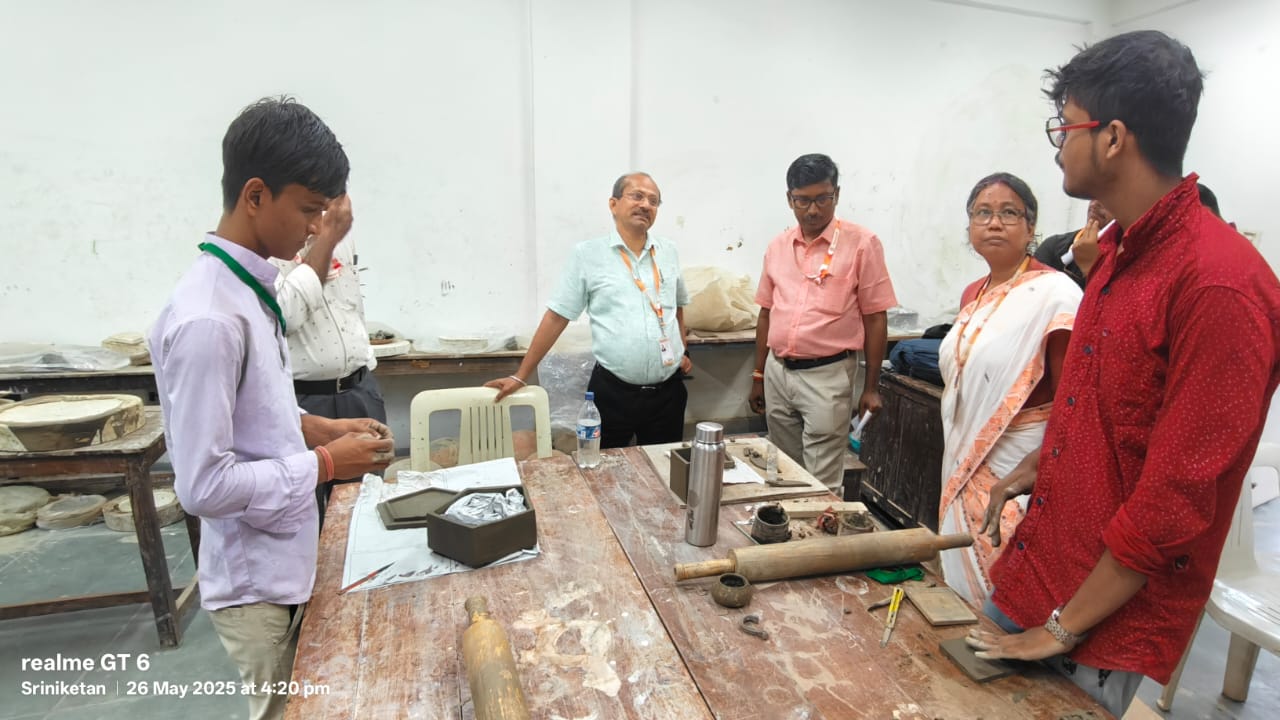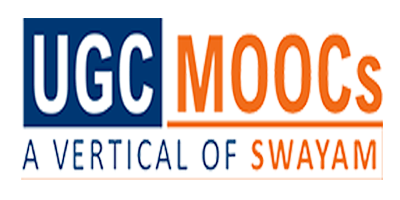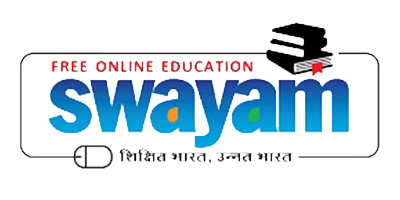
Silpa Sadana
About The Department
Evolutionary Journey of Silpa-Sadana
Gurudeva Rabindranath Tagore established the ‘Bichitra Club’ in 1915 at the south veranda of Jorasanko residence in an attempt to explore the different and new styles of painting and printmaking into one organization. The three Tagore brothers, Abanindranath, Gaganendranath and Samarendranath (nephew of Gurudeva) used to meet there and host art salons there on regular basis. This was a model school as described by Gurudeva. The students were mainly the members of the Tagore family including Pratima Devi (wife of Rathindranath Tagore) and Sunayani Devi. Although the school started basically for giving education on drawing and music, the industrial classes on some specialized subjects, e.g., carpentry, pottery were incorporated eventually. Visva-Bharati was established in the year 1921, and ‘Bichitra Club’ was renamed the ‘Bichitra Studio for Artists of Neo-Bengal School’ by Rabindranath, and later it was shifted to Santiniketan in the name of the ‘Bichitra Studio’ in 1922.
This ‘Bichitra Studio’ is the root of today’s Silpa-Sadana. The studio started working by making hand-crafted things or artifacts by handful artists under the guidance of Smt. Pratima Devi. Making of things out of joy and promoting the craft activity were the main motto initially without any intention to produce articles on mass scale. Some other craft activities namely, Lacquer and Batik work, book binding, Calico printing etc. were introduced one by one. In the meantime, Rathindranath Tagore was also actively involved in these activities. The studio which was basically workshop was meant to promote the craft activities and financial empowerment of rural mass. However, this mission of Gurudeva and also Rathindranath was yet to achieve as the soil as well as the socio-economic culture of Santiniketan was not congenial for the promotion and flourishing of handicrafts. So, after struggling for a few years, the workshop was shifted to Sriniketan in 1928 in the ruins of an old Railway Workshop situated at Sriniketan, over which a roof was put with the help of Bengal Government Industry Department and renamed the ‘Hall of Industries’. Another object was to set up Spinning and Weaving activities which demanded more space.
Initially, Weaving, Calico Printing, Durry making, Batik work, Leather work, Lacquer work, Book Binding and Carpentry were started working there. Later, the activities were shifted to the new building and became the ‘Industries Department of Sriniketan’. With a view to expansion of the business and also running these huge activities smoothly, the Industries Department was reframed and converted into an independent organization in 1937 under control of an independent managing board. In 1938, the Industries Department was renamed Silpa Bhavana. In 1951, Visva-Bharati became a Central University, and came under the purview of UGC just like other universities of our country. Consequently, as a compulsion to initiate some structured academic program to fit in the UGC structure, Silpa-Bhavana was renamed Silpa-Sadana under Palli Samgathana Vibhaga (Institute of Rural Reconstruction).
Silpa-Sadana was established as an integral part of Tagore’s Sriniketan experiment on Rural Re-construction. It is a pioneering institute in India in developing and revitalizing cottage industries and craft, since its inception. Silpa-Sadana is probably the only institute in India where academic activity was not initiated from the very inception, rather it initiated the production of craft-based items for the socio-economic empowerment of the rural mass, academic activities were started later on to augment the production activities, instead. Silpa-Sadana has always been ready to adopt need based academic curriculum as its prime activity. It never ignored the production activity or the extension activity as a supplementary to teaching and research. The present Silpa-Sadana is devoted to providing various technical training and production activities in various craft-based trades for the benefit of the rural sector, especially, apart from offering various academic programs e.g., Bachelor of Design (B. Des.), 4-Year UG Programs under NEP 2020 framework, Masters of Design (M. Des.), and Ph.D. in Design under UGC structure.
Photos
Downloads
Achievements
Alumni Association
Upcoming Seminar / Workshop

Workshop 1 of 2025 [Nov 21-23, 2025]
A 3-day workshop will be held during November 21-23, 2025 on “Natural dyeing, a humble approach to rejuvenating the traditional Indian Knowledge Systems (IKS) for the contemporary world”
Venue: Textile Section, Silpa-Sadana
Convenor: Dr. Sankar Roy Maulik

